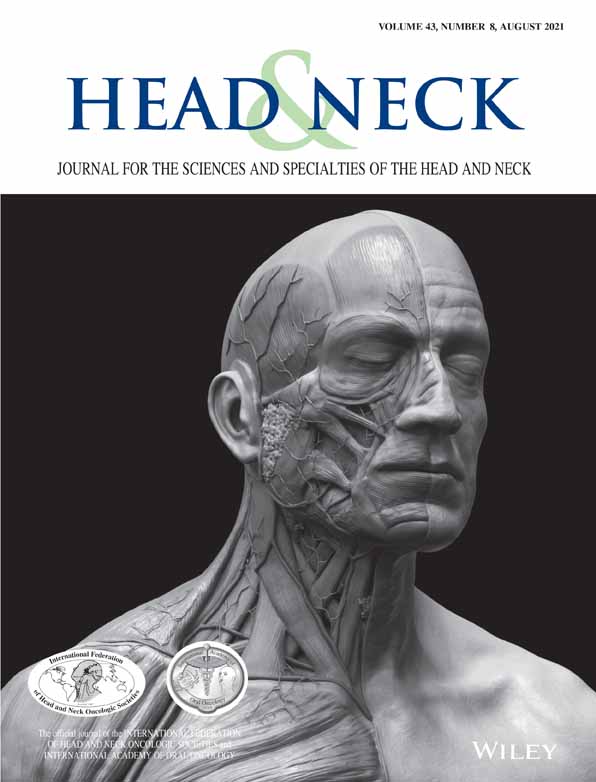One institution's experience with self-audit of opioid prescribing practices for common cervical procedures
Section Editor: William Mendenhall
Abstract
Background
We aim to audit our institution's opioid prescribing practices after common cervical procedures.
Methods
Retrospective cohort study from one medical center. Reviewed records from 2016–2019 for 472 patients who underwent one of several common cervical procedures. Data collected on demographics, perioperative details, in-hospital pain medication use, and opioids prescribed at discharge. Multivariable logistic regression was run.
Results
In hospital, median daily milligram morphine equivalents (MME) was 4 (IQR 0–15). Median MME prescribed at discharge was 112.5 MME (IQR 75–150). 3/472 patients received NSAIDs. Predictors of decreased discharge MME were age 70 and older (OR 0.33, p = 0.037) and more recent year (compared to 2016, OR 0.23 [p = 0.031] for 2017, OR 0.13 [p = 0.001] for 2018, and OR 0.070 [p < 0.001] for 2019).
Conclusions
MME prescribed at discharge was 28 times the daily in-hospital MME. Only 3/472 patients received postoperative NSAIDs. Self-auditing of opioid prescribing practices identifies actionable items for change.
CONFLICT OF INTEREST
The authors declare that there is no conflict of interest that could be perceived as prejudicing the impartiality of the research reported.
Open Research
DATA AVAILABILITY STATEMENT
The data that support the findings of this study are available on request from the corresponding author. The data are not publicly available due to privacy or ethical restrictions.




